Search
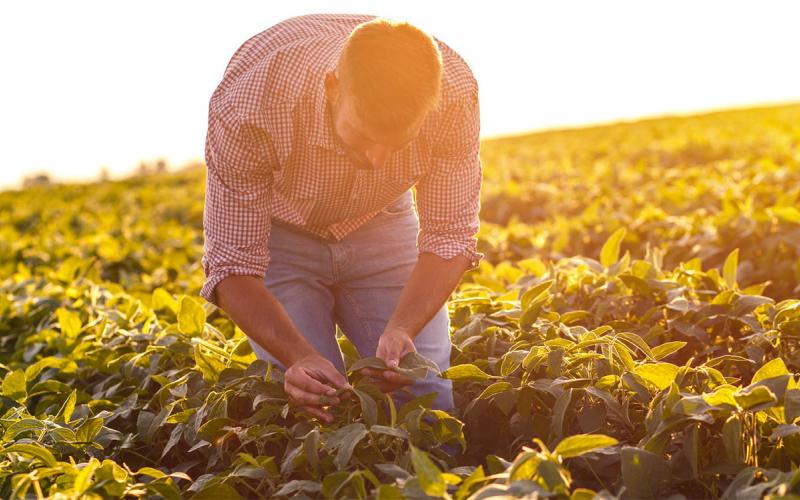
Be Aware of Fungicide Resistance in Field Crops
A few soybean and corn fields have received or will be receiving a fungicide application this season. We recommend scouting fields treated with fungicides to determine if diseases are controlled as expected or if there are signs of reduced sensitivity.
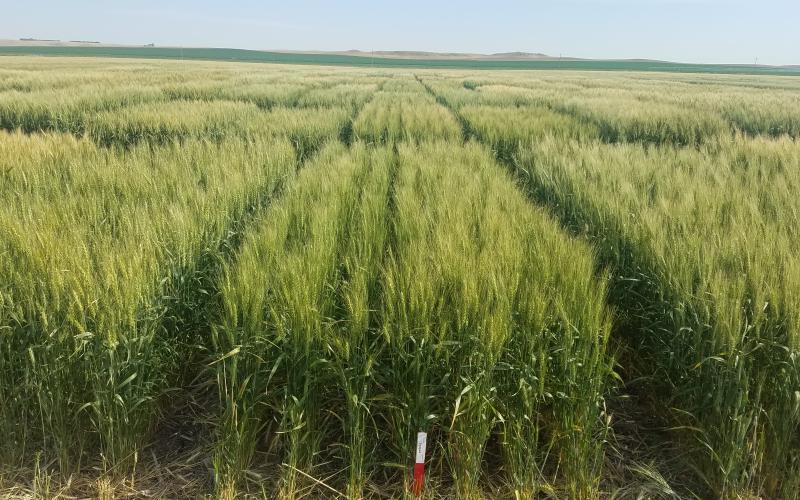
2021 Draper Winter Wheat Meeting Set for Aug. 26
August 13, 2021
The Jones County Crop Improvement Association, along with South Dakota State University Extension will be hosting the 32nd annual Winter Wheat Meeting in Draper, South Dakota on Aug. 26.
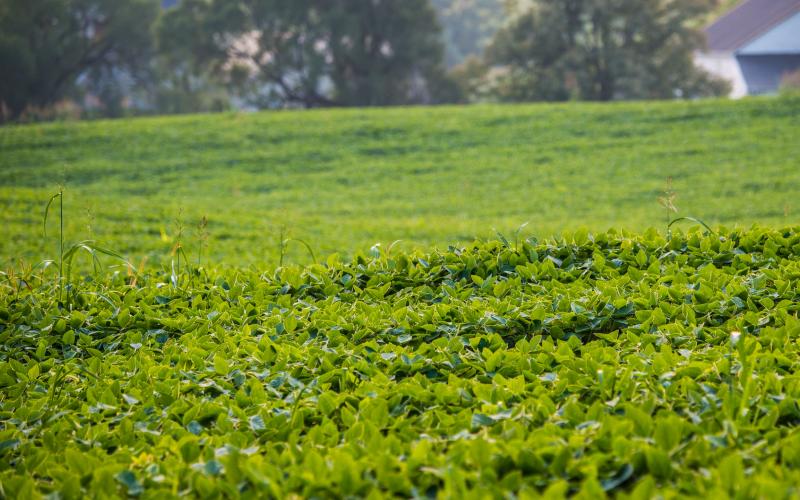
Minnehaha Soybean Cropping Systems Tour Set for Sept. 8
August 16, 2021
The South Dakota Soybean Research and Promotion Council along with South Dakota State University Extension will be hosting a cropping systems tour in Minnehaha county on Sept. 8.
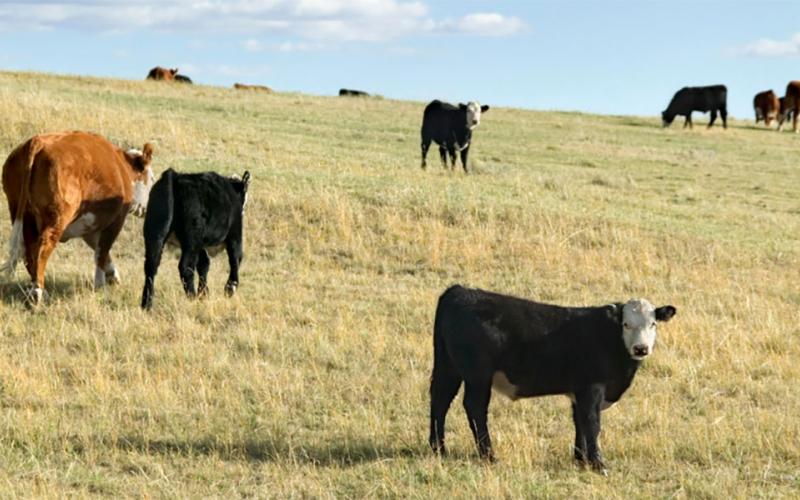
Sustainable Agriculture Curriculum Workshop Postponed
August 16, 2021
The Sustainable Agriculture Curriculum Workshop scheduled for Aug. 19 at the South Dakota State University Extension Pierre Regional Center has been postponed.
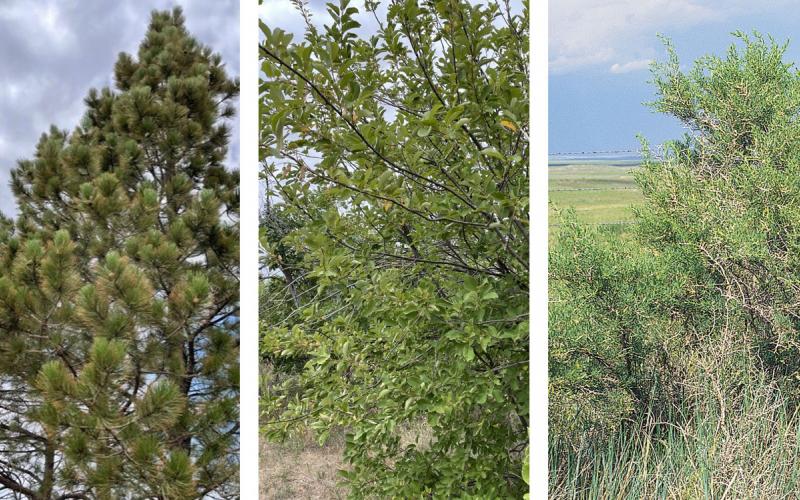
Poisonous Plants on Rangelands: Woody Species
Several woody plant species that are poisonous to livestock are found throughout South Dakota rangelands, including ponderosa pine, chokecherry, greasewood and broom snakeweed.

High Nitrates and Pregnant Cows
Drought poses many challenges to the beef cow herd. Nitrates in feed is one of the challenges that producers need to be aware of, especially in the reproductive herd.
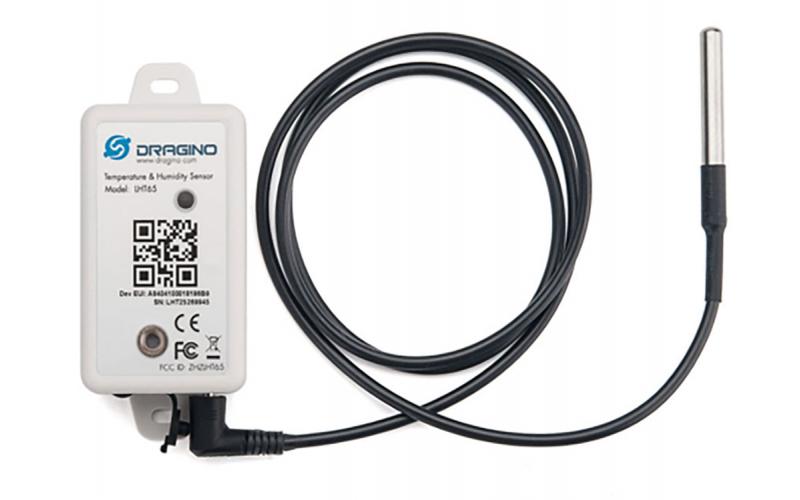
A Low-Cost Solution To Remote Monitoring of Animal Facility Thermal Environments
An appropriate thermal environment is critical for animal growth and health. Learn about a low-cost solution to remote monitor your animals’ thermal environments.

Range Beef Cow Symposium Set for Nov. 16 and 17
August 18, 2021
The XXVII Range Beef Cow Symposium will return to South Dakota Nov. 16 and 17 at the Monument Civic Center in Rapid City.
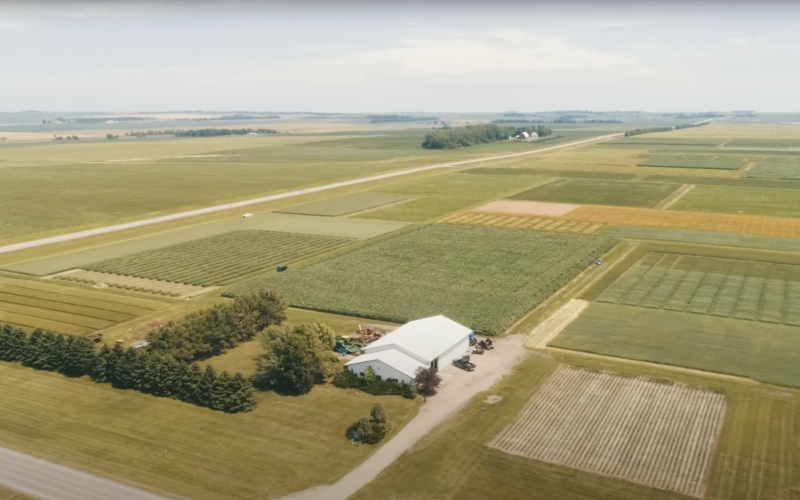
SDSU Extension Survey Shows Uptick in State Cropland Values
August 18, 2021
The 31st annual survey examines agricultural land values and cash rental rates by land use and quality in different regions of South Dakota.
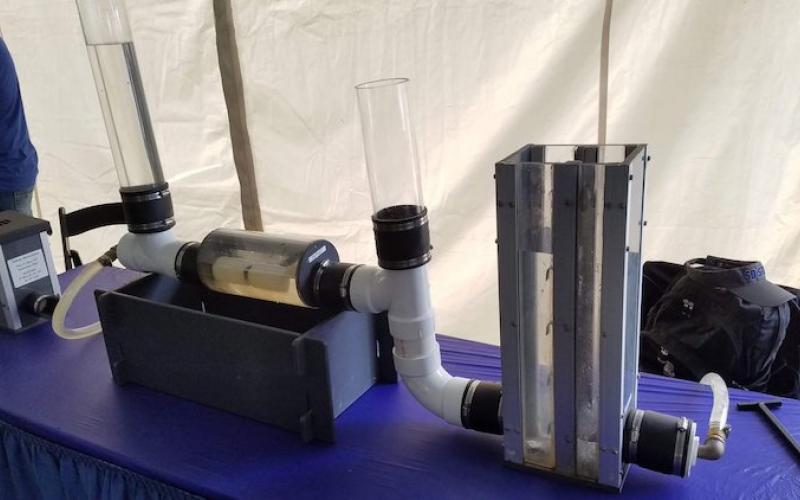
Controlled Drainage Logistics
How is controlled drainage a beneficial conservation practice in maintaining the water in your fields?